There’s an unending choice in creative software between Adobe tools or one of the myriad of alternatives. Adobe is the industry standard in most cases; Its software doesn’t always offer the best features for hobbyists or beginners. You have the choice between robust proprietary creative tools or community-made open-source projects; Many offer better features than their Adobe counterparts. When the options feel endless, it’s good to know what each tool does better and can offer if you’re looking to move away from Adobe in your creative journey.
12 Affinity Photo is cheaper and faster than Photoshop
Better price and more efficient
Affinity Photo is very similar to Adobe Photoshop, but it still has many facets which are better than its Adobe counterpart.
It’s better in price, which is an important factor when choosing software to rely on. Affinity Photo sells a one-time cost license, or you can buy the universal license in a bundle with the Affinity suite. Affinity’s one-time cost is less than an Adobe Photoshop or Adobe Creative Cloud subscription, which you are tied to for one year at a time.
Affinity Photo is fast and efficient with less bloatware compared to Photoshop. With a lack of AI features, it runs much smoother with less wait times. The lack of AI features is often seen as a positive. Affinity Photo encourages your human abilities.
Affinity Photo’s UI layout is solid, its toolbase is robust, and it even has native RAW format editing — something not available in Photoshop without the Camera Raw plugin.
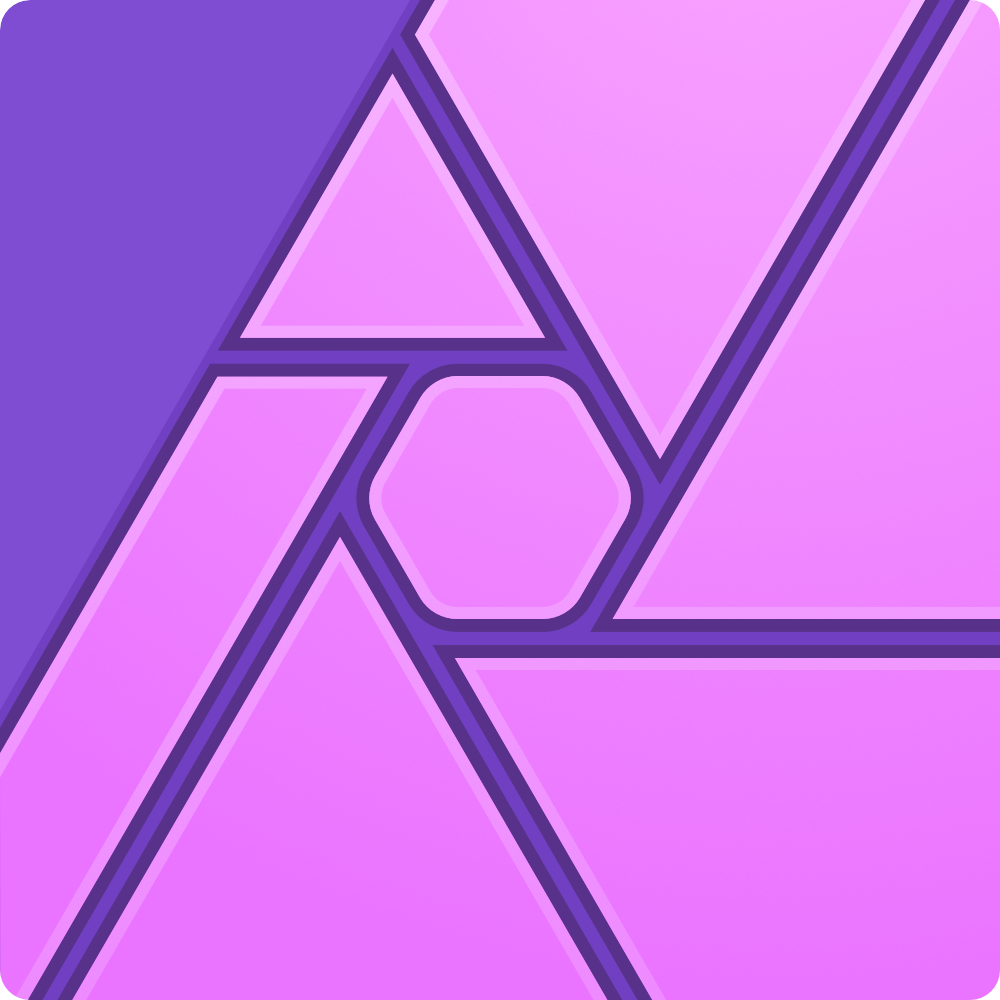
11 Photopea is more accessible than Photoshop
Browser-based and totally free
While Photopea isn’t open-source, it is a free option with similarities to open-source software. It’s a browser-based and ad-run tool with a similar UI to Photoshop. It feels familiar.
Being browser-based makes Photopea more accessible than Photoshop. It can be accessed anywhere you can use a browser, whether that’s a computer, phone, or a tablet. Universal accessibility is important when creativity strikes. Photopea’s ads are subtle and non-obtrusive, allowing you to create without distraction.
It features some AI tools which are similar to those in Photoshop. You can also edit native RAW files, which you cannot do in Photoshop.

10 Affinity Designer has better UI than Illustrator
And it’s part of the Affinity suite
Affinity Designer works as a better version of Adobe Illustrator as a vector-based design tool. It features a sturdy UI interface, with no complex menus or obtrusive floating tools. It has a shallower learning curve for new designers to learn.
It’s also more cost-effective, with the universal license encouraging you to use Affinity Designer from Mac, Windows, or iPad. The iPad version is sturdy and feature-filled like the desktop version.

9 Inkscape offers free high standard vector-editing
Open-source vector editing to compete with Illustrator
Inkscape is the best open-source alternative to Illustrator. You can create precise, high-quality vector designs in free software. Although it still requires installing on your device, Inkscape’s open-source model means less bloatware and a bigger focus on human-made design.
Inkscape doesn’t have AI features, which can be a positive. And although Inkscape also doesn’t have gradient meshes like Illustrator does, it can be used to edit SVG source directly, use shapes as objects, and edit gradients with handles on-canvas, all of which Illustrator doesn’t offer.

8 Affinity Publisher is the best InDesign alternative
Strong UI, one-time cost, and part of the creative suite
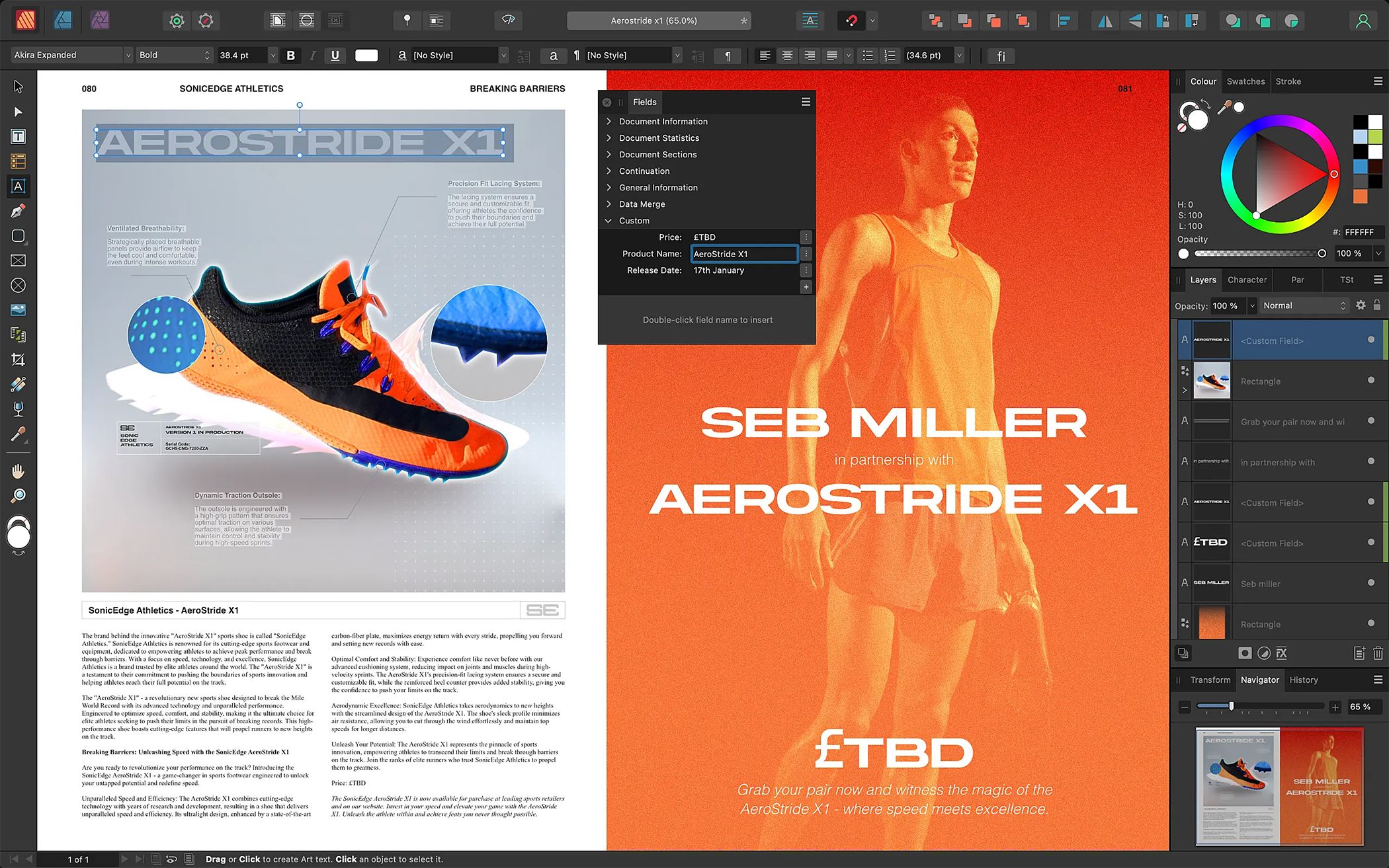
Source: Affinity
Affinity Publisher is the closest alternative to Adobe InDesign for desktop publishing design.
Although Affinity Publisher lacks the ability to provide native EPUB support, it excels in many other ways for desktop publishing, allowing you to benefit from Affinity rather than Adobe InDesign.
As part of the Affinity suite, Affinity Publisher can be used alongside Photo and Designer to complete creative projects. Its price point immediately puts it in a better position than those choosing InDesign. And it offers a friendly and easy-to-manage interface and UI, inviting new users to learn it seamlessly and without frustration.

7 Scribus is a free, open-source InDesign alternative
Clunky, but free
There aren’t many great free or open-source desktop publishing tools. If you’re looking for desktop publishing without paying a penny, then Scribus is the option you need, saving money compared to InDesign on subscription.
There is a lot to be desired with Scribus, but as a free option in a limited choice capacity, it’s the best counterpart to Adobe InDesign.
You can design for printed goods like newspapers, magazines, and books in similar ways as with InDesign. The interface is clunky and difficult to learn in comparison though. If you’re set free software for layout design, then it’s the best option.
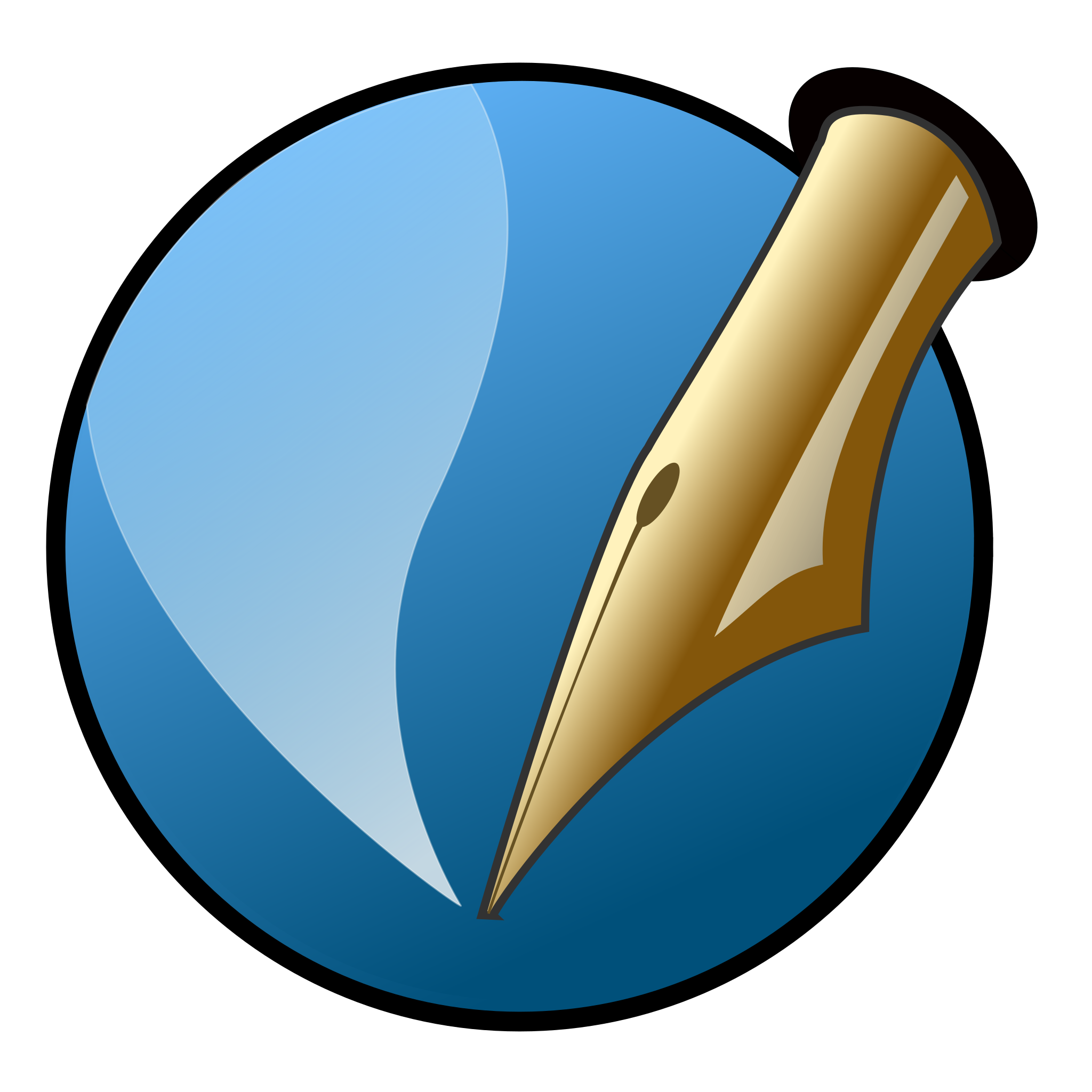
6 DaVinci Resolve offers similar features as Premiere Pro
With a free or paid version to choose from
DaVinci Resolve offers both free and premium (DaVinci Resolve Studio) video software for those wanting a full-featured editing workflow without Adobe.
DaVinci Resolve is often cited by major movies as being the editing tool of choice, which shows it’s more than an Adobe alternative.
With a similar learning curve to Premiere Pro, it provides an intuitive UI. Even in the free version, there aren’t many features you’re missing from Adobe Premiere Pro; with DaVinci Resolve Studio, there’s certainly nothing to miss from Adobe.
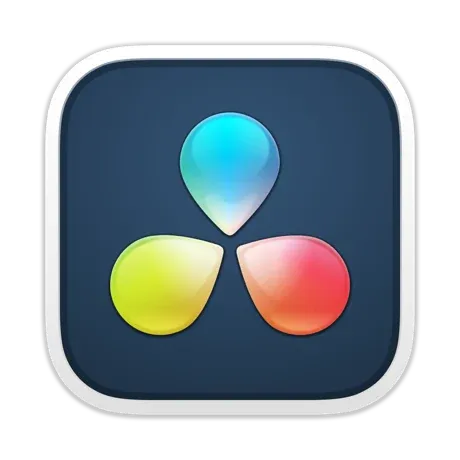
5 Blender is better at VFX and 3D than After Effects
It’s a famed open-source tool
Blender is a proud choice for many 3D and VFX editors. While it offers different features to Adobe After Effects, it’s the closest comparison to the Adobe tool. After Effects has some 3D abilities, but its focus is largely 2D and VFX.
Blender is an open-source project with a fantastic online community. It’s an easy-to-learn software with an inviting interface. You’ll easily find great 3D textures for Blender projects and turn your 3D designs into full 3D scenes with realistic textures.
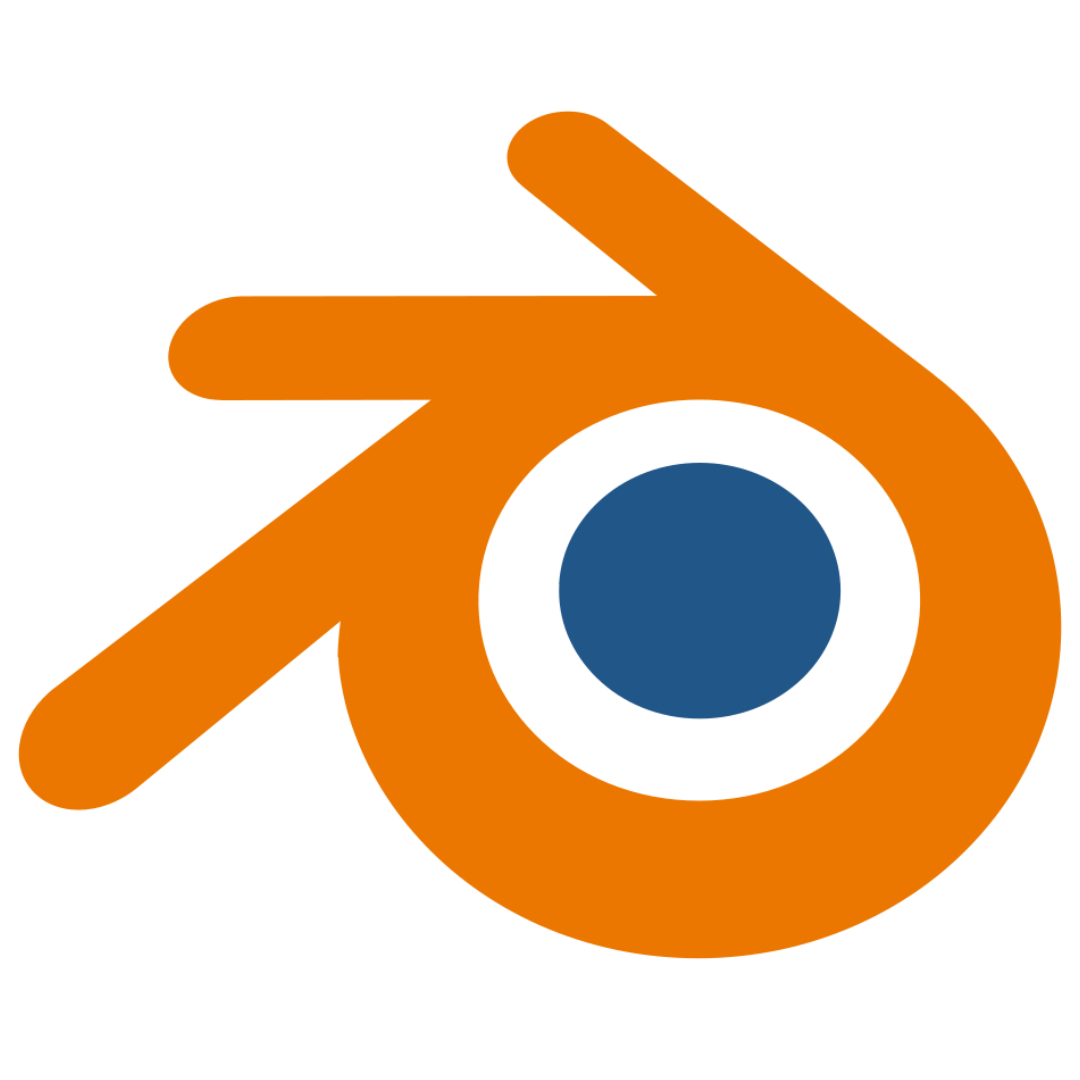
4 Natron provides free node-based compositing
This rivals After Effects for 2D and VFX design
Natron is comparative to After Effects in its focus on 2D animation design. Natron works best for 2D and 2.5D artists.
After Effects has a linear timeline, whereas Natron is node-based. This may give you better results or teach you more as you learn the software, but it has a steeper learning curve due to the complexities of node-based animation.
Natron is open-source and free to all, so it’s worth checking it out as an After Effects alternative. It bridges the gap between After Effects and Blender, offering you somewhere to create 2D animation natively, for free.
Unlike After Effects, Natron works on Linux machines as well as Windows and Macs.
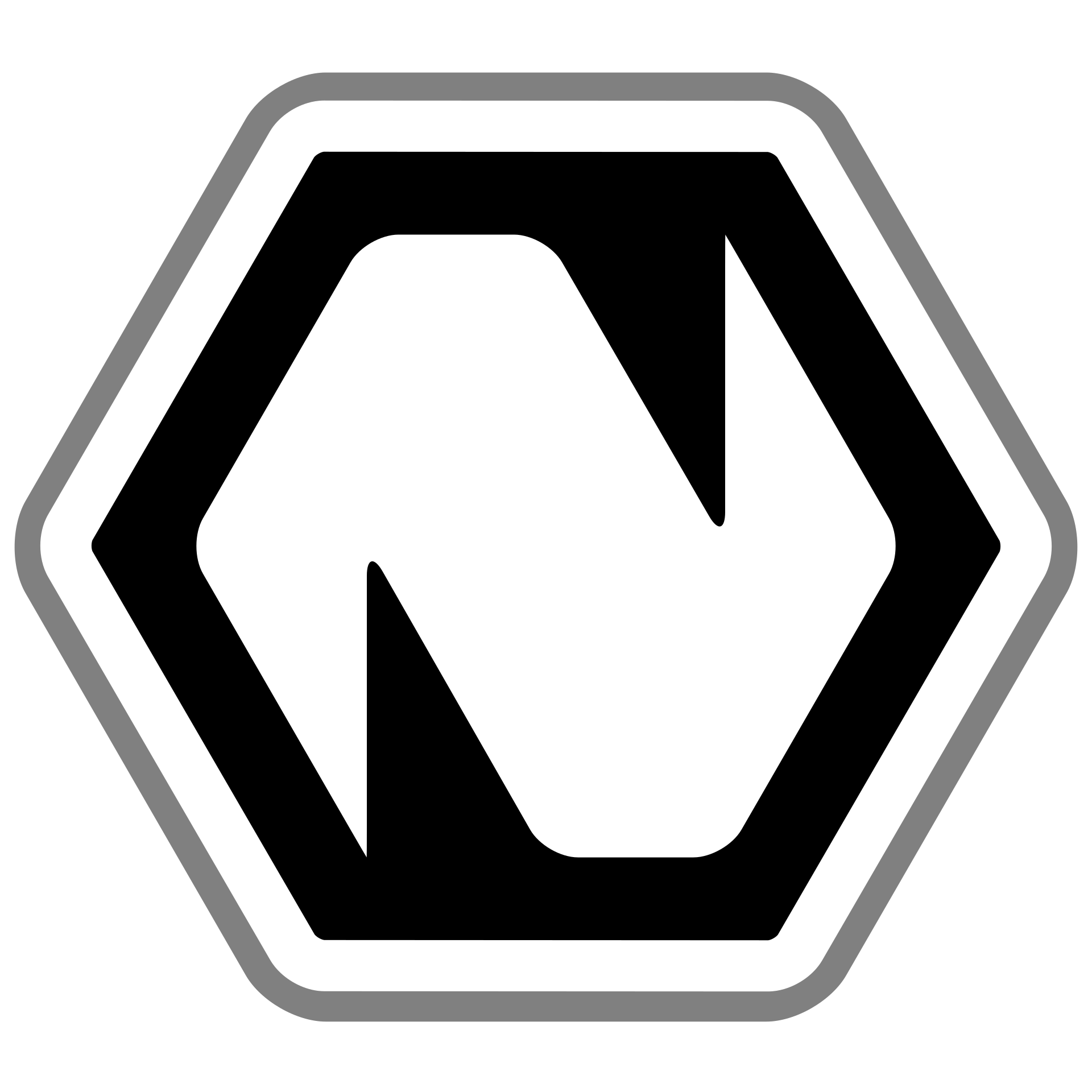
3 Figma is the gold standard for UX/UI design
Adobe XD doesn’t even get a look in
Adobe hasn’t had a stake in the UX/UI design landscape for some time, especially since Dreamweaver and Adobe XD have been left unsupported. Despite Adobe trying to fit Adobe XD into the UX/UI world, Figma has long been the industry standard of this creative design.
Figma offers free options in a browser-based or app-based tool. Whether you’re a professional web designer or a hobbyist looking to explore, there are options with Figma. The free version isn’t very limited, so you can still use most of Figma’s offerings. The Premium version of Figma is best for professional design teams or those with heavy workloads.
Figma also has FigJam, a whiteboard tool. This is a separate feature under its own plan, but it’s a great tool for working with teams and understanding projects together. This isn’t even a feature in any Adobe tool, so Figma takes the win for this alone.
In May 2025, Figma announced new features including native dynamic site building and publishing tools, AI prompt-to-code features, enhanced vector drawing and design, and visual asset creation for large-scale brands.

.png)
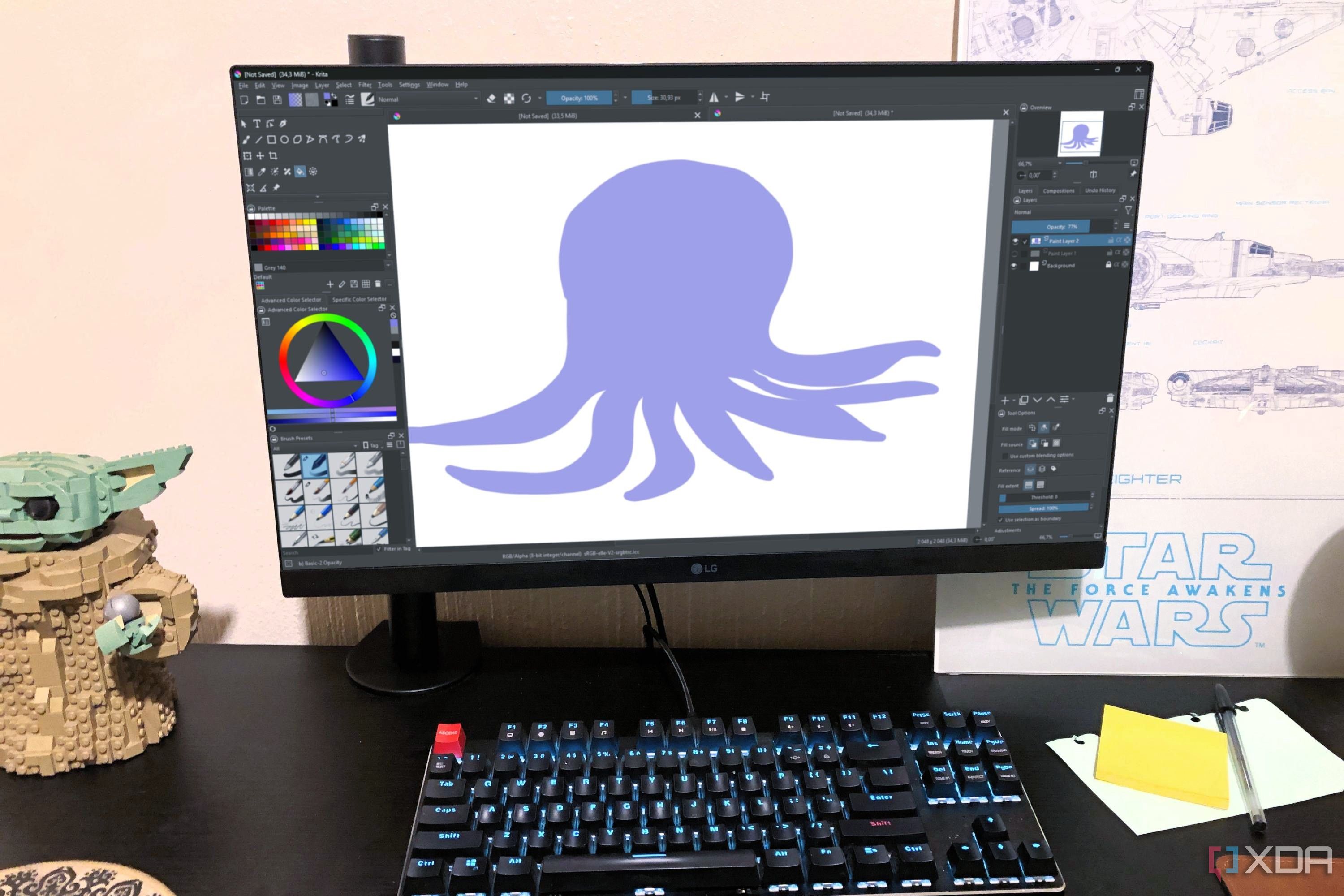
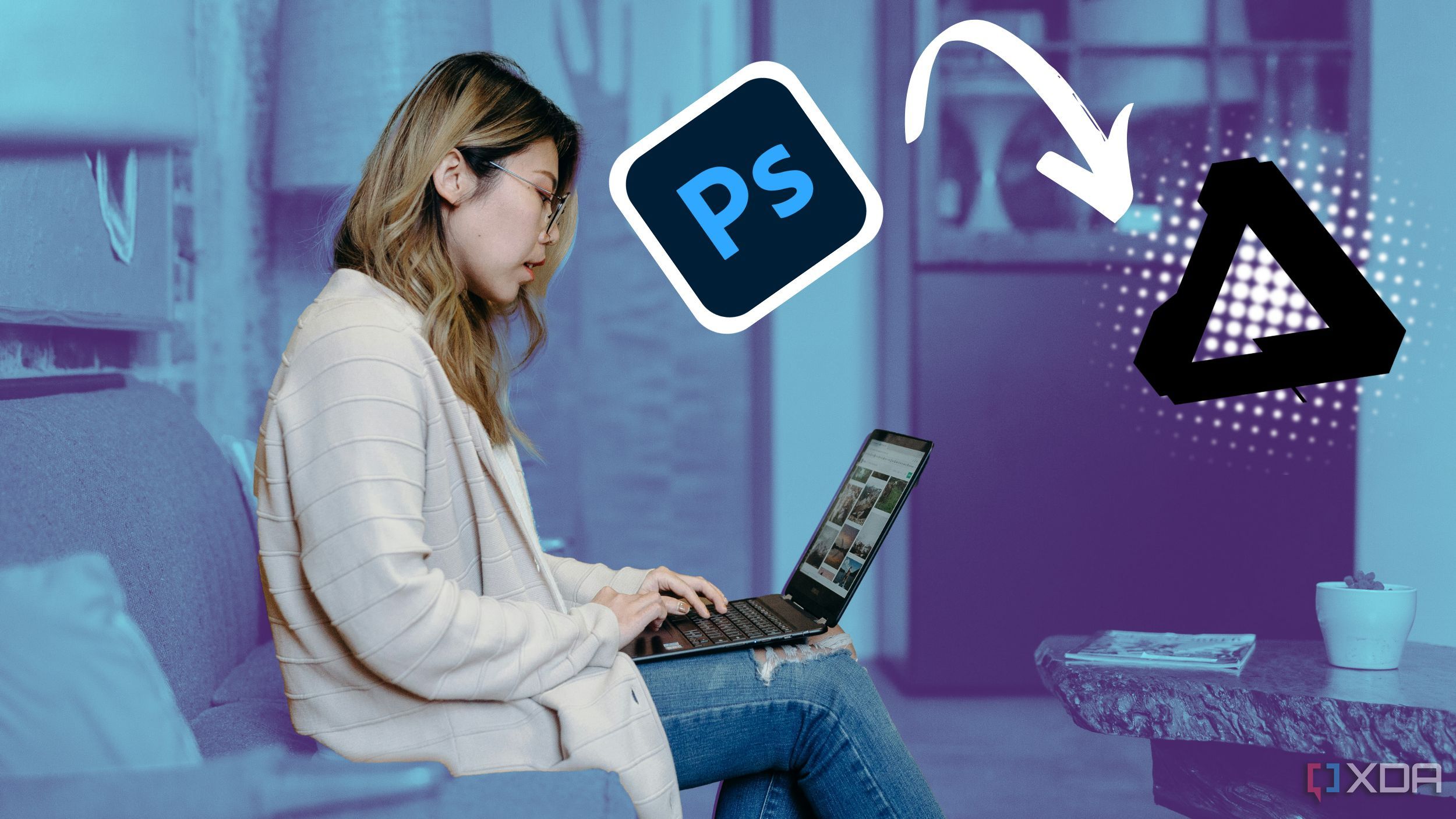

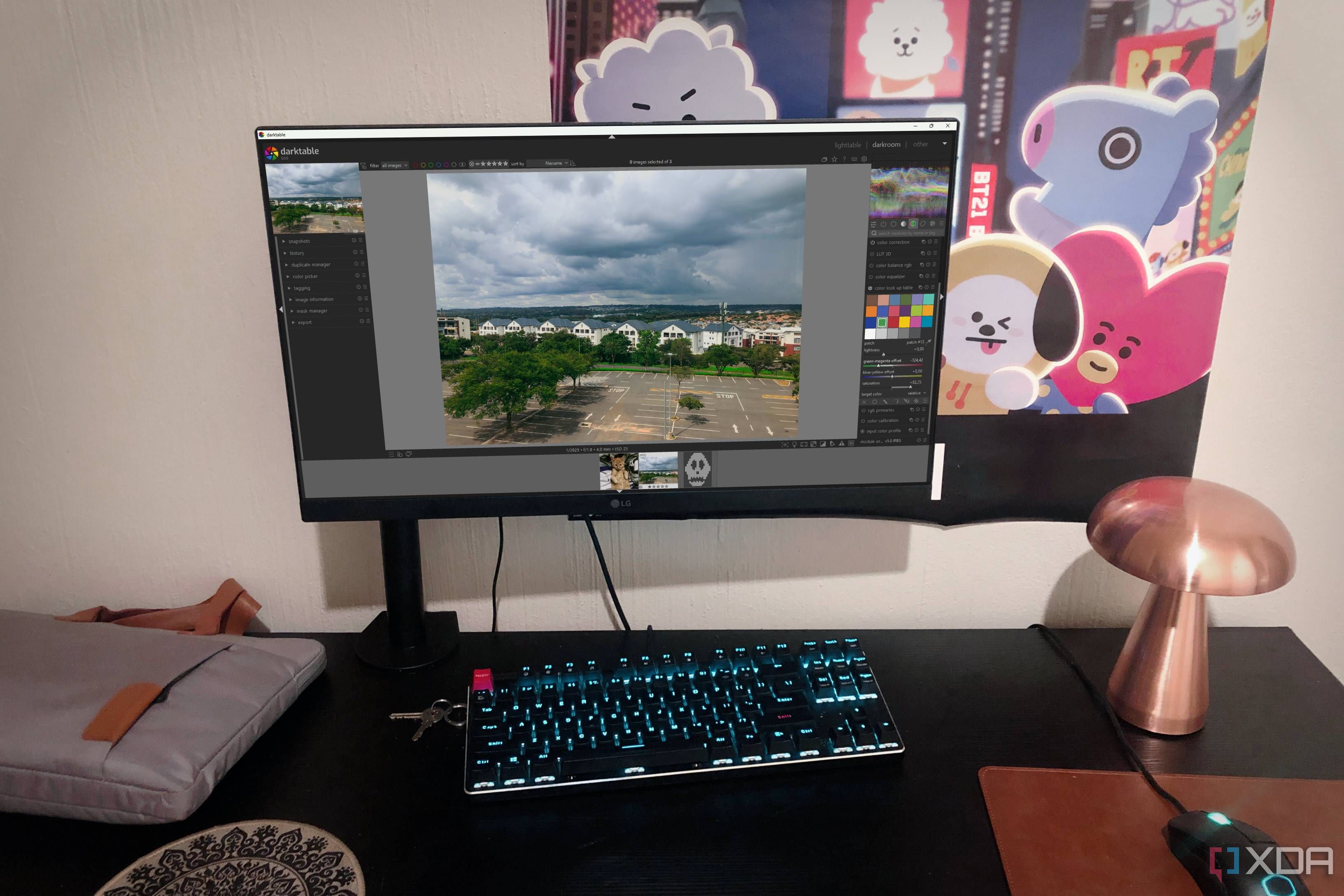



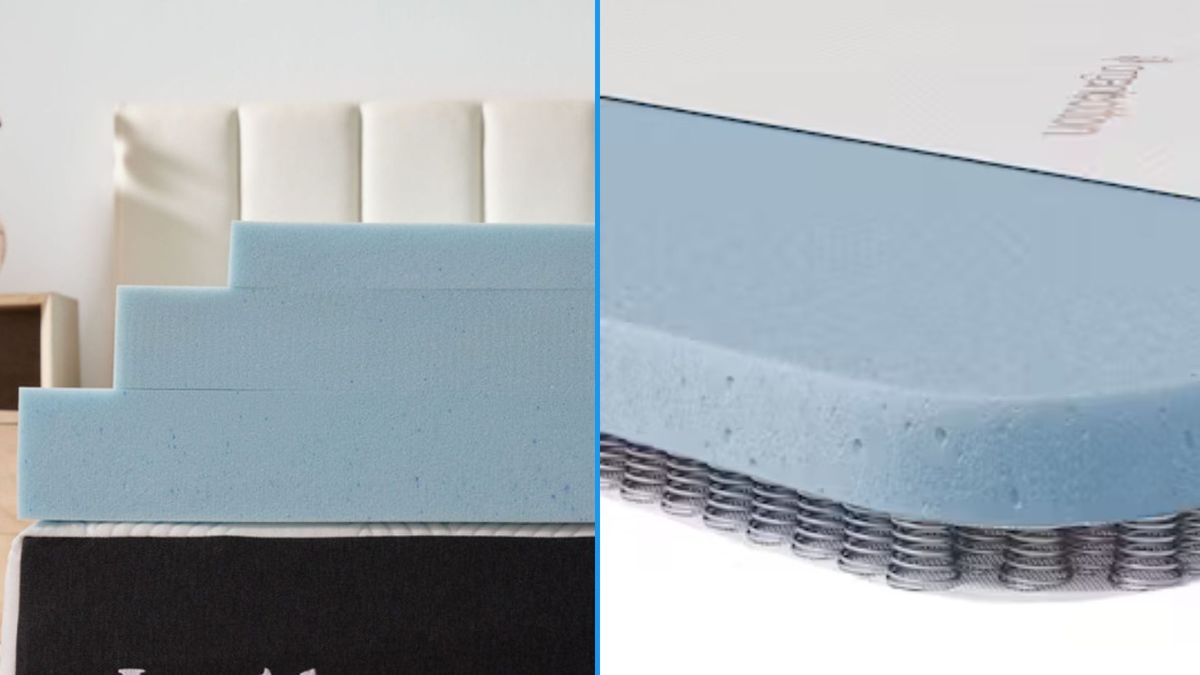





 English (US) ·
English (US) ·